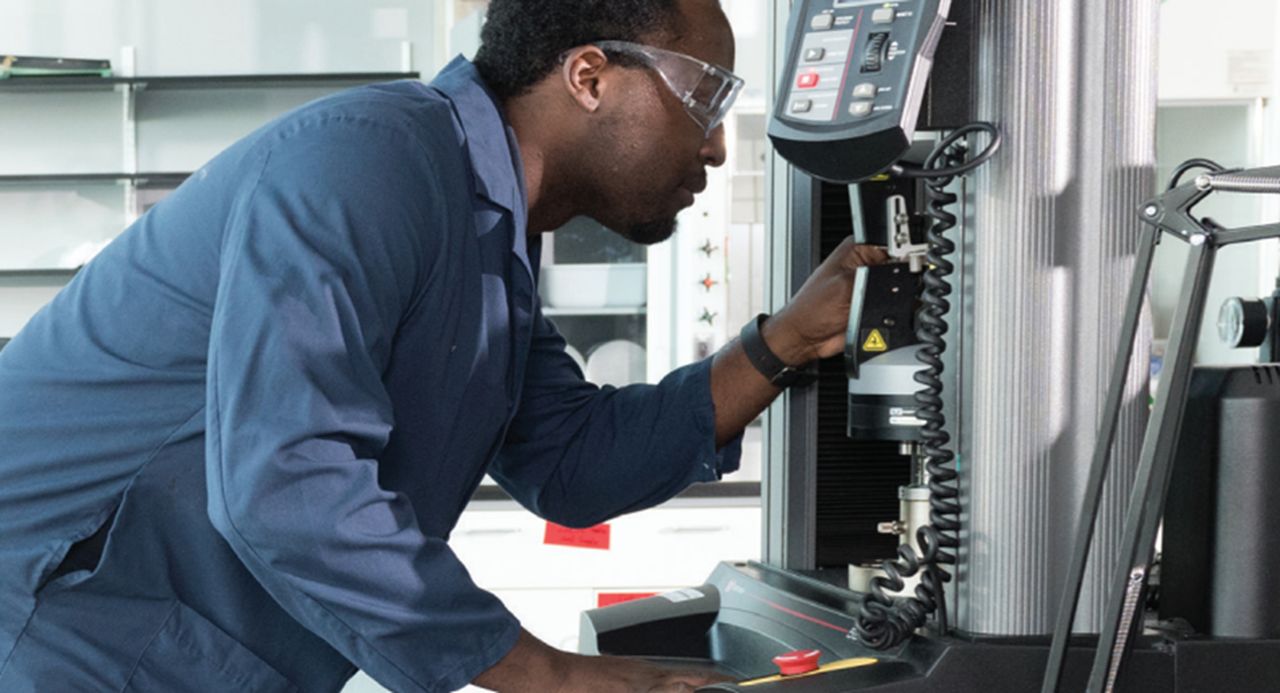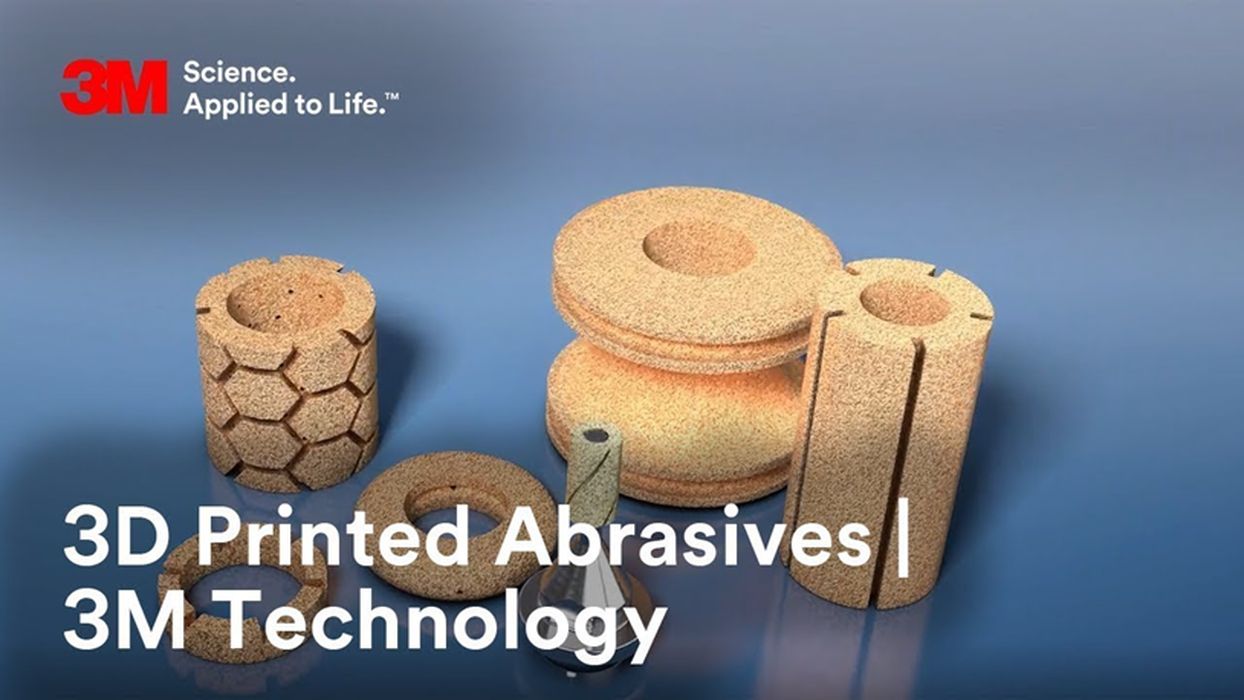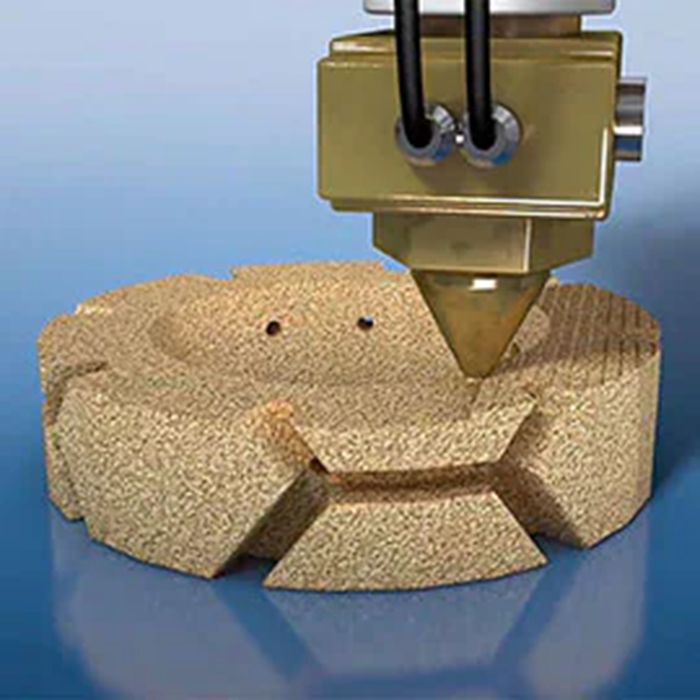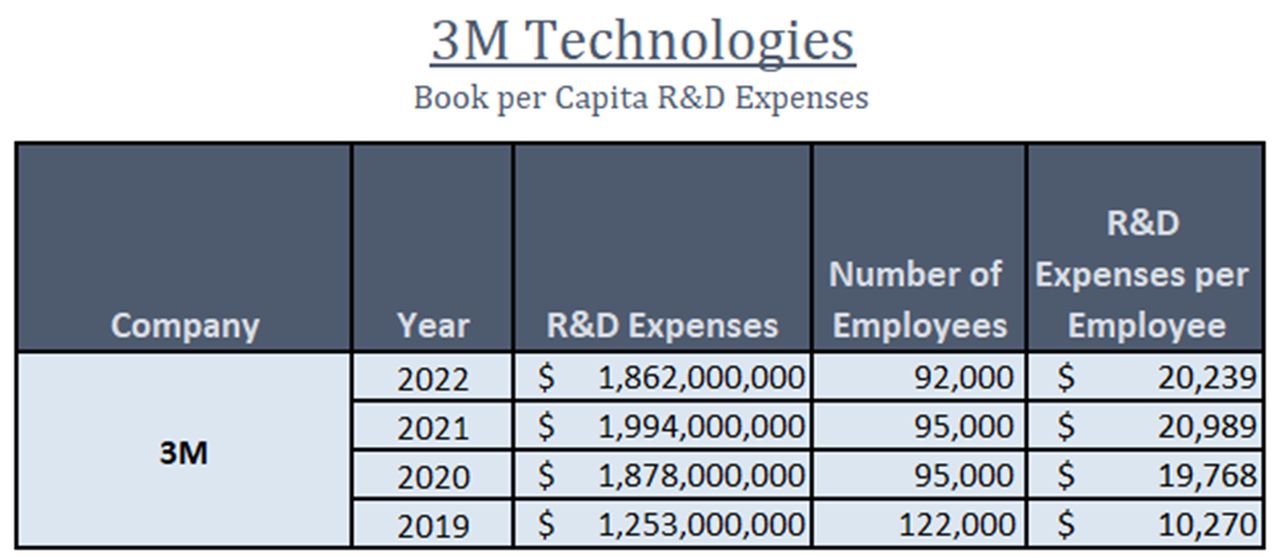
Charles R. Goulding and Preeti Sulibhavi discuss 3M Technologies’ robust economic performance in the third quarter.
3M Technologies (3M) is a global powerhouse of innovation in terms of novel products and diversified areas of expertise. Its wide-ranging products and customer solutions include automotive, design & construction, manufacturing (everything from appliances to metals), commercial solutions (including cleaning products), electronics, oil & gas, energy, healthcare, transportation and safety products. The list of identifiable products is limitless.
“Forever chemicals” or polyfluoroalkyl substances (PFAS) are substances found in a wide variety of industrial activities and consumer products. These chemicals are of concern since they have recently been detected in groundwater, drinking water, and soils at harmful levels in many communities.
3M has been dealing with some liability issues related to forever chemicals but has resolved some of the major claims. They had a robust economic third quarter.
3M and 3D Printing
For the first time, fully fluorinated polymers such as 3M Dyneon PTFE can be processed via 3D printing. 3M has pioneered a proprietary technology that could allow manufacturers to avoid the time and expense of traditional processing techniques. The combination of this uniquely versatile fluoropolymer and 3D printing opens an endless source of possibilities. According to 3M itself, these advantages include:
- Produce parts with complex geometries
- Create rapid prototypes
- Integrate multiple components
- Avoid the need for expensive tooling
- Reduce machined material
Print-on-demand meets PTFE with this 3M – 3D printing development. The new 3M process uses stereolithography, or vat polymerization. Stereology involves curing a photosensitive material by selectively delivering energy to specific regions. Once printed, the parts display properties like those produced by traditional PTFE processing techniques. In fact, some properties, such as surface finish, may even be superior. 3D printing is intended to complement, rather than replace, traditional fluoropolymer processing. One advantage of 3D printing is its ability to create highly accurate and intricate parts quickly, with less waste – allowing you to respond to fast-changing customer needs.
Another useful way 3D printing is being integrated at 3M is in processing abrasives.

Inside diameter (ID) grinding is an exacting process that requires a high-precision specialized grinding wheel. 3M abrasives for precision grinding and finishing allow for reliable, repeatable ID grinding. conventional abrasives for ID grinding are available in ceramic, aluminum oxide and silicon carbide minerals. These minerals are chosen depending on the substrate, material hardness and other factors in production.
For the first time, 3M is applying 3D printing technology to abrasive manufacturing. By 3D printing precision super abrasive wheels, they have set a new standard for precision-structured internal diameter grinding tools, with unprecedented geometric flexibility and customizing capabilities. This inherent design freedom opens new possibilities for the most complex internal grinding (IG) applications.

The applications for 3D printing at 3M are endless. We hope 3M continues to utilize innovative technologies such as 3D printing in developing its unique and useful products.
The Research & Development Tax Credit
The now permanent Research and Development (R&D) Tax Credit is available for companies developing new or improved products, processes and/or software.
3D printing can help boost a company’s R&D Tax Credits. Wages for technical employees creating, testing and revising 3D printed prototypes can be included as a percentage of eligible time spent for the R&D Tax Credit. Similarly, when used as a method of improving a process, time spent integrating 3D printing hardware and software counts as an eligible activity. Lastly, when used for modeling and preproduction, the costs of filaments consumed during the development process may also be recovered.
Whether it is used for creating and testing prototypes or for final production, 3D printing is a great indicator that R&D Credit eligible activities are taking place. Companies implementing this technology at any point should consider taking advantage of R&D Tax Credits.

“We Invented Post-its!”
Whether it is the Scotch tape you use to seal your mail or the Post-it note you used to confirm something you just left on your colleague’s desk, 3M affects most if not all of our daily lives. It is impossible to ignore this company’s wide-ranging portfolio of products or its third-quarter success this year. It demonstrates 3M’s ability to bounce back after hardship. We hope it will continue its 3D printing efforts to bolster its success.
